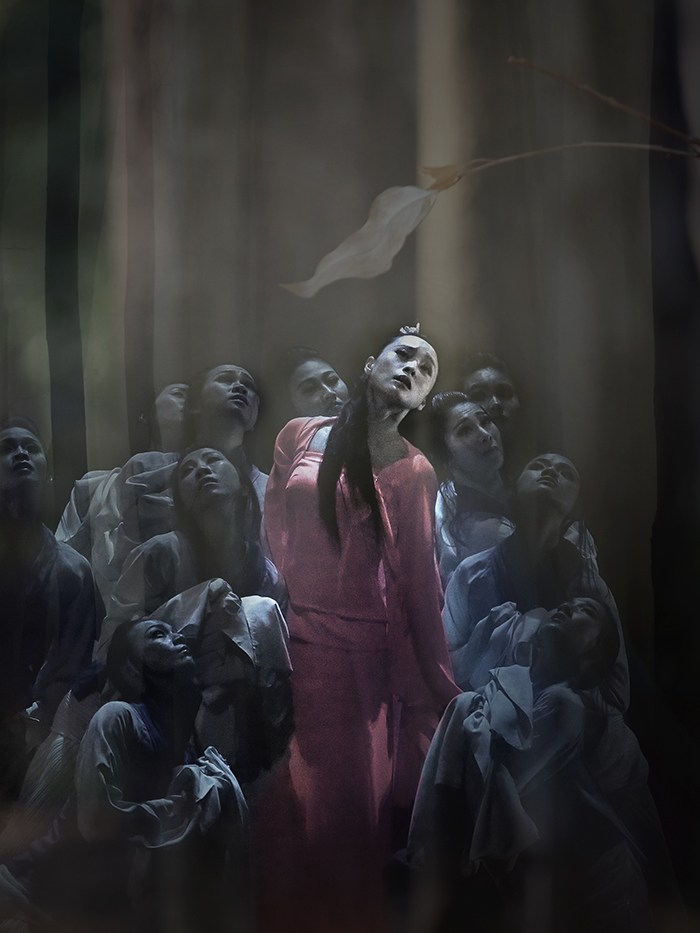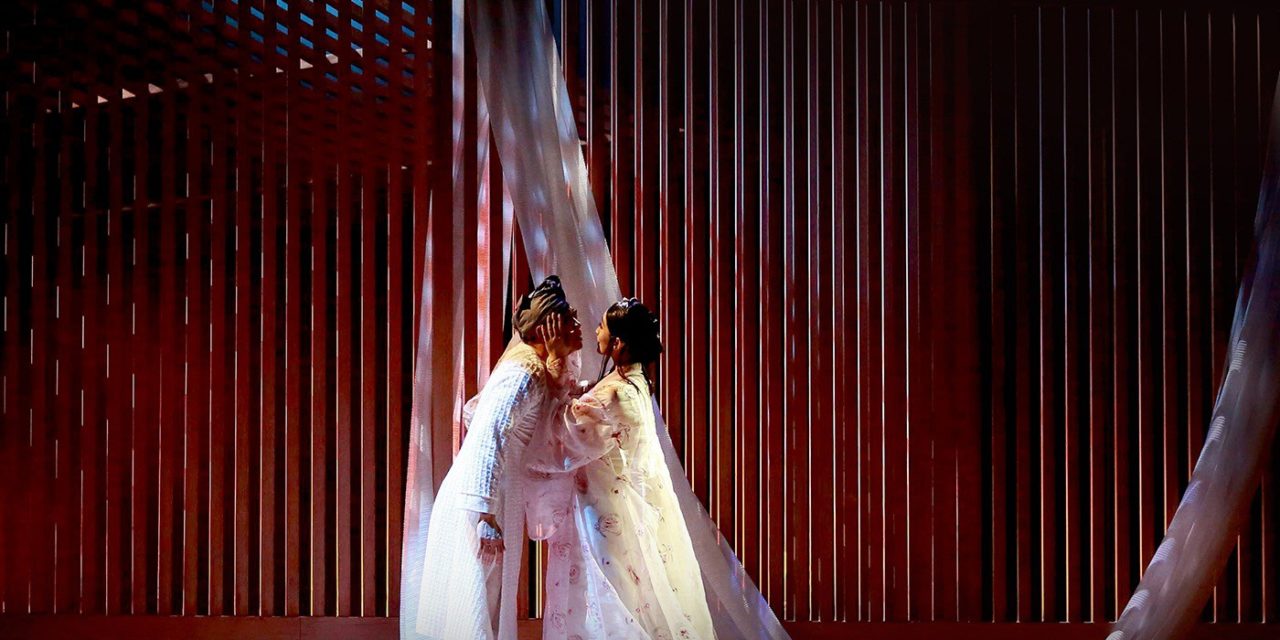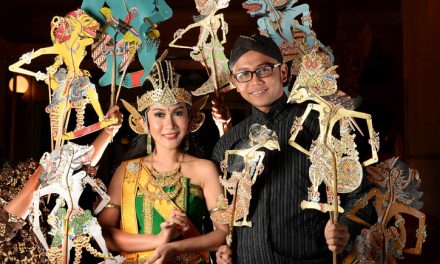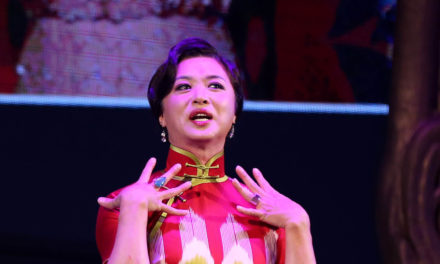A male lead dancer hesitantly crosses the darkened stage. He catches sight of a demure but beautiful girl, and in a moment of bewitchment, falls instantly under her spell.
The stirring scene is from the Hong Kong Dance Company’s award-winning L’Amour Immortal, a tale of ghostly love that won three Hong Kong Dance Awards in 2016, and is being re-staged this month. This time says one of the show’s choreographers, Xie Yin, there will be more emphasis on the love story between the two main characters, one of which is not quite as she seems.
Ning Caichen is a quiet scholar who meets beguiling Nie Xiaoqian inside a deserted temple. The couple falls passionately in love, but in the second act it’s revealed that Nie is supernatural and controlled by a tree demon for whom she has to trap men’s souls. Nie’s love for Ning is genuine, and Ning tries to free Nie from the demon, defying the rules of the underworld. While scenes where the demon rages are slightly spooky, many are ethereal. This piece does not aim to be a spine-chiller. “This is a love story over a ghost story,” Xie says.

Photo Credits zolimacitymag.com
In Chinese folklore, not all stories of spirits and ghosts go bump in the night. Much of the movement in the show is inspired by and set to the score of A Chinese Ghost Story, the 1987 romantic comedy by renowned Hong Kong director Tsui Hark. The film’s phenomenal popularity spurred the careers of its leading actors, Leslie Cheung and Joey Wong, who swayed audiences with their poignant love story. But the movie is just one of many films and stage retellings inspired by a Chinese classic first published in 1740.
Written between 1670 and 1700, approximately, Strange Tales from a Chinese Studio, by Pu Songling, a master writer of his time, contains almost 500 fantastical stories. His literary tales of ghosts, spirits, demons, and fairies were often used to portray his ideas about corruption and immorality, although many demonstrated love between living men and supernatural women.
Many of the collection’s stories likely originated from China’s rich oral storytelling tradition, which was ripe with ghost stories. They were almost certainly part of a very old oral tradition before writing developed during the Shang Dynasty (1600-1046 BC). Ghost literature boomed in the late Ming and early Qing dynasties (about 1580 to 1700) as printing and publishing flourished, writes Judith T. Zeitlin in her book, The Phantom Heroine: Ghosts and Gender in Seventeenth-Century Chinese Literature. Much of Ming and Qing Chinese literature blended true fact with fictional stories, and at that time sleep and dreams could disembody a soul as easily as death, leaving easy openings for apparitions and the resurrected to arrive.
Resurrected or returned females were a “striking feature” of 17th-century Chinese literature, writes Zeitlin. Songling’s supernatural tales were among three masterpieces from the same period that had female ghosts as romantic leads. Tang Xianzu’s enduring Peony Pavilion, also known as The Soul’s Return, which appeared in 1598, and Hong Sheng’s Palace of Eternal Life, written around 1688, also featured supernatural women — some lost romantics, some tortured seductresses — that are worlds away from the freakish, troubled ghouls popularised in movies like Hideo Nakata’s 1998 Ringu (also known as The Ring).
Nie Xiaoqian is less ghost and more fox spirit. In Chinese literature, there is a distinction between true ghosts, who are melancholic and cold, and spirits, who are warm, beguiling, and sometimes even healing. Spirits are known for their beauty, cunning, and an ability to achieve immortality, but the plentiful amounts of female yin energy they possess, which enables them to take on a womanly appearance, mean they must prey on men to garner the male-dominated yang.

Photo Credits zolimacitymag.com
L’amour Immortal runs from June 9 to June 11, 2017 at the Hong Kong Cultural Centre. For more information click here.
This post was written by the author in their personal capacity.The opinions expressed in this article are the author’s own and do not reflect the view of The Theatre Times, their staff or collaborators.
This post was written by Zolima CityMag.
The views expressed here belong to the author and do not necessarily reflect our views and opinions.


















